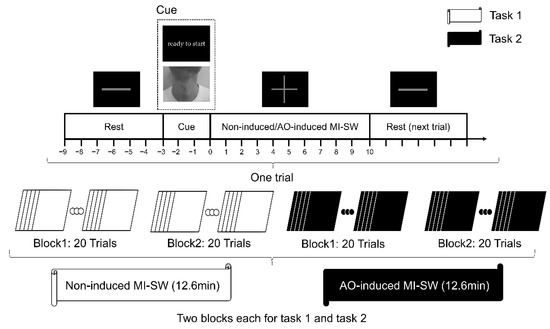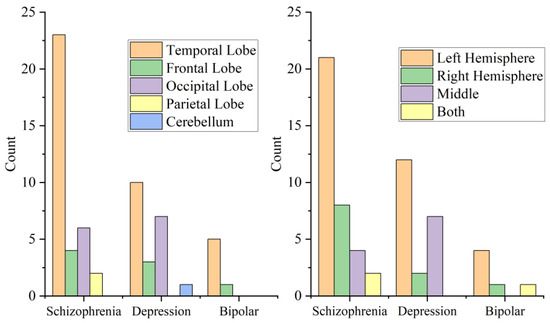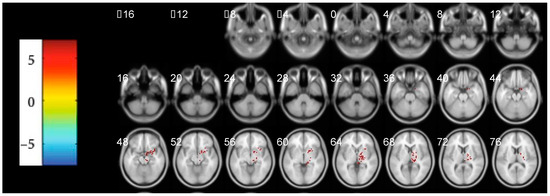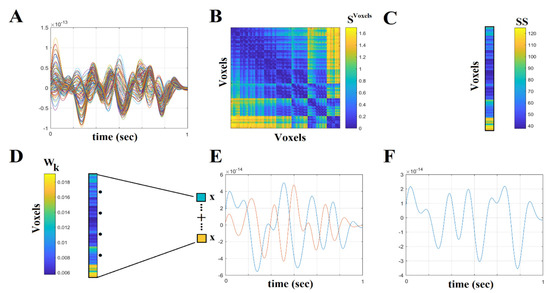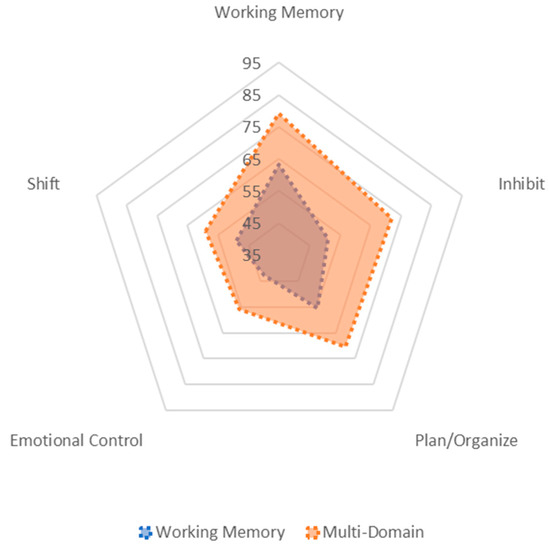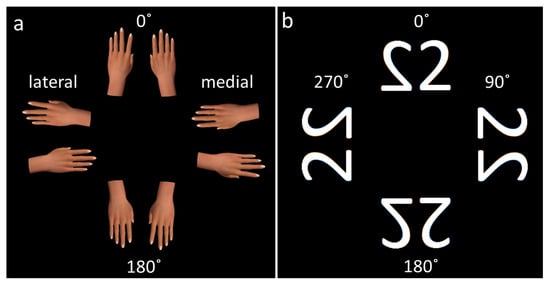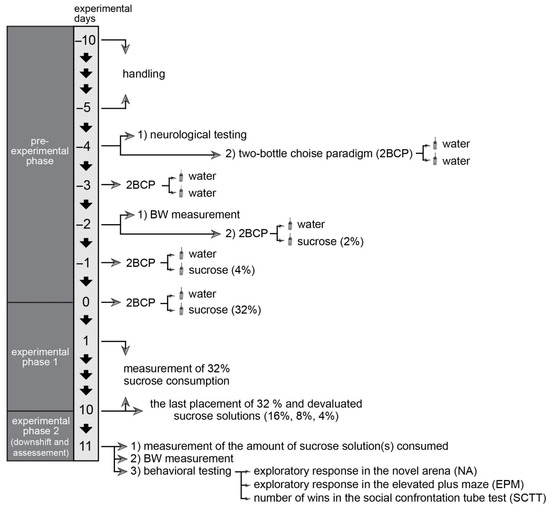Brain Sci. 2022, 12(10), 1420; https://doi.org/10.3390/brainsci12101420 - 21 Oct 2022
Cited by 3 | Viewed by 2163
Abstract
Action observation (AO) combined with motor imagery (MI) was verified as more effective in improving limb function than AO or MI alone, while the underlying mechanism of swallowing was ambiguous. The study aimed at exploring the efficacy of AO combined with MI in
[...] Read more.
Action observation (AO) combined with motor imagery (MI) was verified as more effective in improving limb function than AO or MI alone, while the underlying mechanism of swallowing was ambiguous. The study aimed at exploring the efficacy of AO combined with MI in swallowing. In this study, twelve subjects performed the motor imagery of swallowing (MI-SW) during magnetoencephalography (MEG) scanning, and trials were divided into three groups: the non-induced group (control group, CG), male AO-induced group (M-AIG), and female AO-induced group (F-AIG). We used event-related spectral perturbations (ERSPs) and phase locking value (PLV) to assess the degree of activation and connectivity of the brain regions during MI-SW in the three groups. The results showed that compared to CG, F-AIG and M-AIG significantly activated more brain regions in the frontoparietal, attention, visual, and cinguloopercular systems. In addition, M-AIG significantly activated the sensorimotor cortex compared to CG and F-AIG. For the brain network, F-AIG and M-AIG increased the diffusion of non-hub hot spots and cold hubs to the bilateral hemispheres which enhanced interhemispheric functional connectivity and information transmission efficiency in the MI-SW task. This study provided supporting evidence that AO induction could enhance the effect of MI-SW and supported the application of AO-induced MI-SW in clinical rehabilitation.
Full article
(This article belongs to the Section Neurorehabilitation)
►
Show Figures
